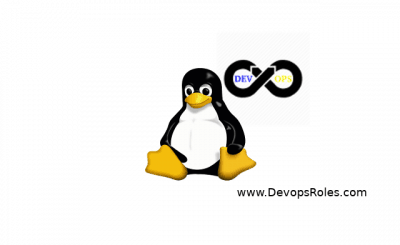Rocky Linux is a popular choice for businesses and developers who need a stable, secure Linux distribution. It’s especially valuable for containerized applications, which brings us to Podman – an excellent alternative to Docker that doesn’t require root access to run containers. In this comprehensive guide step-by-step Installing Podman, we’ll explore how to install and run Podman on Rocky Linux, covering everything from the initial installation to deploying your first container.
Table of Contents
Why Podman?
Podman is an open-source, Linux-native tool designed to develop, manage, and run OCI Containers on your Linux system. Its daemonless architecture increases security and makes it easier to manage containers without the need for root privileges. This security feature is one speculated reason why Red Hat shifted its container tool support from Docker to Podman.
What You Need
- A running instance of Rocky Linux
- A user account with sudo privileges
Checking for installing Podman
Podman is typically installed by default on Rocky Linux. To verify, you can open a terminal and type the following command:
podman -vIf Podman is installed, you should see an output like:
podman version 4.6.1If you receive an error indicating the command is not found, you will need to install Podman by executing:
sudo dnf install podman -yStep 1: Pulling an Image
With Podman installed, your first task is to pull a container image from a registry. We will use the Nginx image as an example. To find the Nginx image, use:
podman search nginxYou’ll see various entries, including official builds and other versions hosted on different registries. To pull the latest official Nginx image from Docker’s registry, run:
podman pull nginx:latestAfter selecting the image from the list (using arrow keys if needed), the image will download, ending with a confirmation of the image ID.
Step 2: Deploying a Container
Now that you have your image, it’s time to run a container using it. Execute the following command to deploy an Nginx container:
podman run --name podman-nginx -p 8080:80 -d nginxHere’s what each part of the command means:
podman run: Command to create and start a container.--name podman-nginx: Names the container.-p 8080:80: Maps port 80 in the container to port 8080 on the host.-d: Runs the container in detached mode.nginx: The image used to create the container.
You can verify that your container is running by listing all active containers:
podman ps -aInteracting with Your Container
To interact with the running Nginx container, use:
podman exec -it podman-nginx /bin/bashThis command opens a bash shell inside the container. You can now manage files and services inside the container as if you were logged into a regular Linux server.
Stopping and Removing Containers
When you’re done, you can stop the container using:
podman stop [ID]And remove it with:
podman rm [ID]Replace [ID] with the first few characters of your container’s ID.
An Easier Method: Using Cockpit
Rocky Linux offers Cockpit, a web-based management interface that includes support for managing Podman containers. To use it, start the Cockpit service:
sudo systemctl enable --now cockpit.socketThen, open a web browser and navigate to https://[SERVER]:9090, replacing [SERVER] with your server’s IP address. Log in with your sudo user credentials. You’ll see an interface where you can manage Podman containers, including starting, stopping, and inspecting containers.
Conclusion
Congratulations! You’ve installed Podman on Rocky Linux and deployed your first container. With these skills, you can now begin using Rocky Linux to host containers in a secure, efficient environment. Podman’s integration into Rocky Linux, along with tools like Cockpit, makes it a powerful platform for developing and deploying containerized applications. Thank you for reading the DevopsRoles page!

